
Nevada. Διαδηλωτές έξω από στρατιωτική αεροπορική βάση. 'Εξι "anti-drone" ακτιβιστές που είχαν μπλοκάρει την είδοδο της αεροπορικής βάσης του Hancock τον περασμένο Οκτώβρη πρόκειται να δικαστούν στι 18 Απριλίου 2013. Βλ. NBC News.

'Ενα μη επανδρωμένο μαχητικό σκάφος τύπου MQ-1 Predator. Φωτ. REUTERS/U.S. Air Force/Lt Col Leslie Pratt/Handout.

Προσγείωση ενός drone. Βλ. thejesuitpost.org.

'Ενα μη επανδρωμένο μαχητικό σκάφος τύπου X-47B. Βλ. Air-Attack.com.
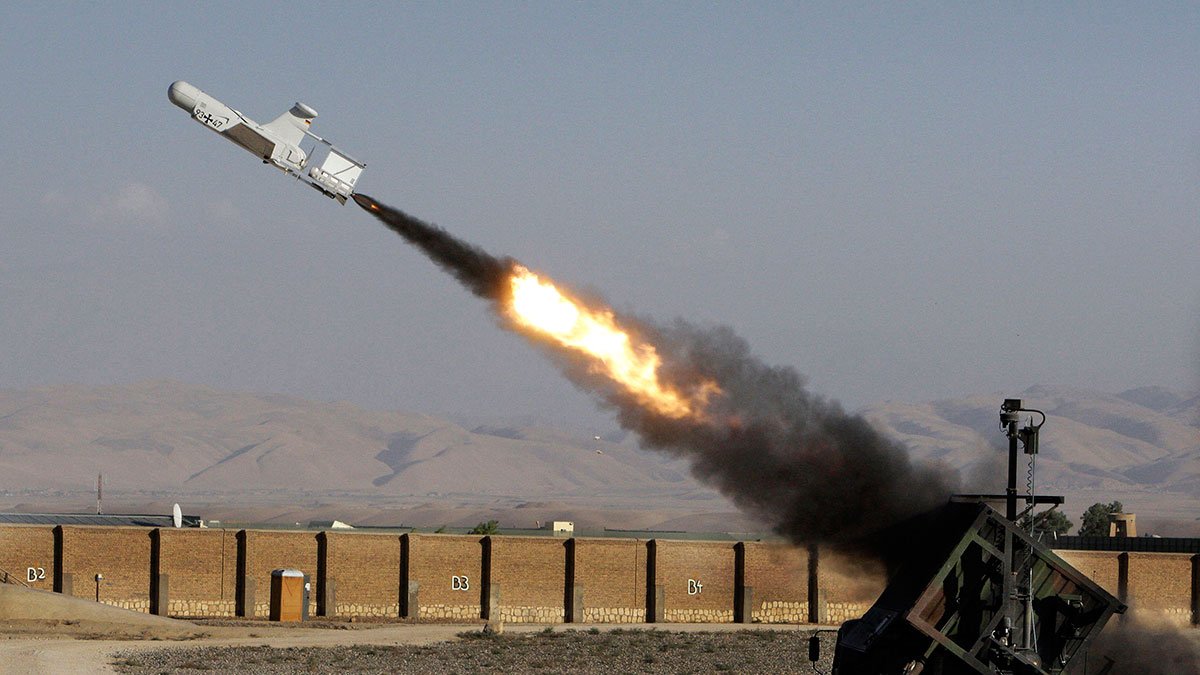
Εκτόξευση ενός drone. Βλ. mintpressnews.com.

Εκτόξευση από αεροπλανοφόρο. Βλ. Today's Insight News.

Βλ. Party for Socialism and Liberation και Jerry Brito.

Rare Photographs Show Ground Zero of the Drone War.
'Αρθρο του Spencer Ackerman στο περιοδικό Wired βασισμένο στις φωτογραφίες του πολίτη-φωτογράφου Noor Behram που τα τελευταία χρόνια, με κίνδυνο της ζωής του, καταγράφει τις καταστροφές που προκαλούν στον άμαχο πληθυσμό οι επιθέσεις των drones.
Ο Spencer Ackerman εξηγεί πως το περιοδικό πείστηκε και αποφάσισε να δημοσιεύσει τη σειρά των φωτογραφιών :
"Nevertheless, after careful consideration, we chose to publish some of these images because of the inherent journalistic value in depicting a largely unseen battlefield.
Before posting Behram's photos we took a number of measures to confirm as best we could what was being shown. We verified Behram’s bona fides with other news organizations. We sifted through the images, tossing out any pictures that couldn’t correlate with previously reported drone attacks. Then we grilled Behram in a series of lengthy Skype interviews from Pakistan, translated by Akbar, about the circumstances surrounding each of the images.
Still, we weren't at the events depicted. We don't know for sure if the destruction and casualties shown in the photos were caused by CIA drones or Pakistani militants. Even Behram, who drives at great personal risk to the scenes of the strikes, has little choice but to rely on the accounts of alleged eyewitnesses to learn what happened.
But we know for sure that these are rare photos from a war zone most Americans never see."

Mirin Shah, Nov. 28, 2008
"A drone strike, reportedly firing two missiles, slammed into the home of Syeda Khan, a vegetable vendor who lived in a village on the outskirts of Mirin Shah. The nighttime strike destroyed his guestroom, located in the front foyer of his house, but left the structure standing. A curfew kept Behram from reaching Khan's house until the next morning. Khan's relatives, about a dozen of whom live with him, weren't thrilled when Behram took out his camera.
"They were not happy to have their pictures taken," he remembers. Even though drone strikes were relatively rare back then, Khan's relatives, and the bystanders gathering around, thought having their story documented just meant getting labeled terrorists or terrorist sympathizers by a hysterical press. They opted not to tell him much. "It's the same case as with so-called CIA spies on the ground," Behram says. "For the locals, there's no point in getting labeled terrorists."

Above Noor Behram's Home in North Waziristan, Dec. 12, 2010
"Sometimes Behram doesn't have to travel anywhere to see the drone war. He lives on its battleground. All he has to do is look up.
According to Behram, who has lived in North Waziristan all his life, drones are in the skies above the region more or less constantly. Around this time last year, he was sitting around his house with his children when he saw a familiar silhouette in the air through his window. "I took my camera out and took a picture," he says. "I see them a lot in the sky above where I live."
Which, of course, raises the disturbing possibility that misinformation could one day lead the CIA to do more than buzz by his home. There are major risks in reporting on the drones in the aftermath of a strike, as well. "I feel threatened when I go to a site because... there might be a second attack," he says. "A rescue operation could cause a second attack, because of the assumption that it's the Taliban helping the Taliban."

Dande Darpa Khel, Aug. 21, 2009
"By the summer of 2009, the drone war had escalated dramatically, with then-CIA director Leon Panetta calling it the "only game in town" for bottling up terrorists in tribal Pakistan. Before dawn one August morning, residents of Dande Darpa Khel, two kilometers north of Mirin Shah, learned what that would mean for them.
A massive drone strike took out three houses and partially destroyed another three. "Of all the aftermaths, this was the worst," says Behram, who arrived in the area by sunrise. "There was big rubble, [much] destruction, and women and children killed." He remembers smelling the "stench" of burned bodies and feeling the heat from fires that had been burning for hours.
The New York Times, writing about the strike, described Dande Darpa Khel as a stronghold of the brutal insurgent Jalaleddin Haqqani. But it wasn't Haqqani who cleared the wreckage. This man, for instance -- Behram doesn't know his name -- was described by others as a local who came to help his neighbors. He signaled to Behram that he had exhumed a fragment of one of the missiles used in the strike. Behram asked him to pose with it."

Dande Darpa Khel, Aug. 21, 2009
"The stench that Behram smelled when he arrived at Dande Darpa Khel came from the charred bodies of Bismullah Khan and his wife. Near the bombed-out remains of their house, Behram found the Khans' three living children.
The children -- the younger two girls on the left, their older brother on the right -- were in shock, and clutched the ruins of their neighbor's house as if the rubble could comfort them. "These kids had no idea where their parents were. They didn't know their parents were killed," Behram says. Also killed in the blast: their brother, Syed Wali Shah, age 7.
Behram later heard that the children were taken in by their uncle. "There's no government here, no social network or security," he explains. "People have to look after each other."
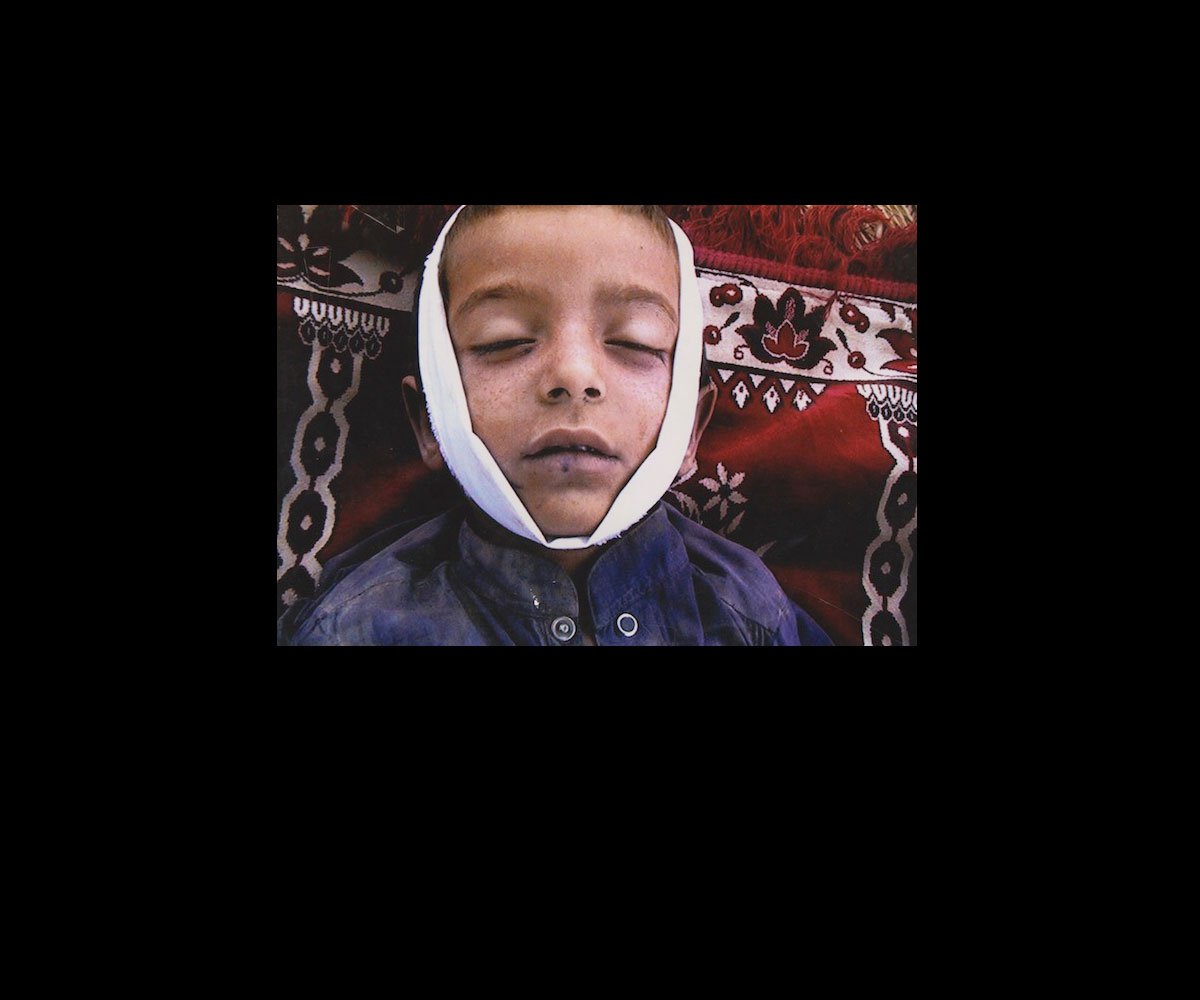
Dande Darpa Khel, Aug. 21, 2009
"By the time Behram reached Bismullah Khan's mud house, partially destroyed in the strike, Khan's youngest son, Syed Wali Shah, had already died. Behram watched as the boy's body was laid out on a prayer rug, a "very small" one, in preparation for his funeral.
"The body was whole," Behram recalls. "He was found dead." The villagers wrapped a bandage around the boy's head, even though they had no chance to save his life.
Behram doesn't know who the target of the Dande Darpa Khel attack was. ("You'd have to ask the CIA that," he says.) But he observed people's anger as they prepared bodies for burial and cleared the wreckage. "The people were extremely angry. They were talking and shouting against the U.S. for the attack," Behram says."
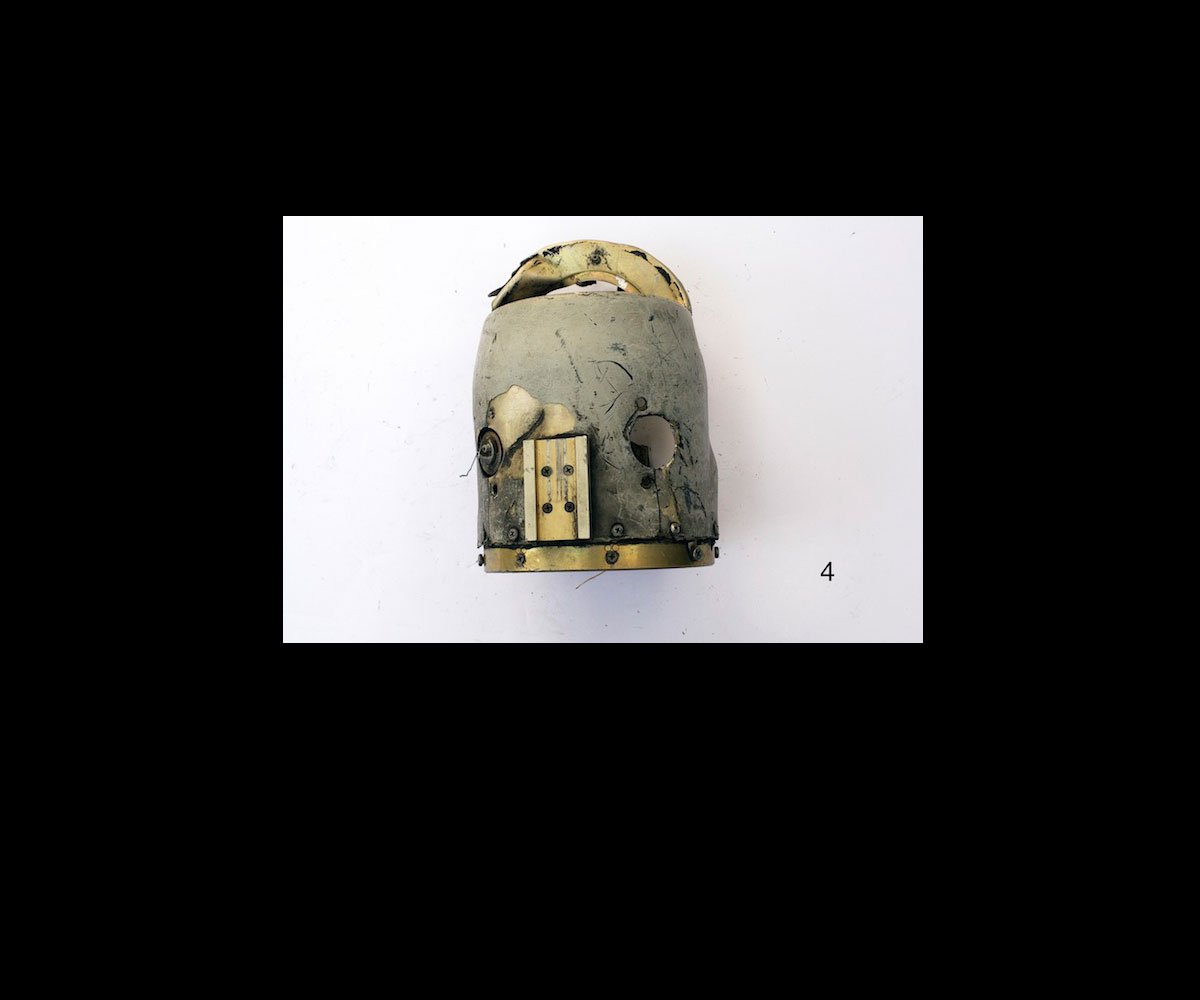
Φωτ. Ed Clark.
"In some cases, Behram is able to take more than pictures. Survivors of drone strikes give him pieces of the AGM-114 Hellfire missiles that the drones fire. This fall, his lawyer, Shahzad Akbar and human-rights activist ally Clive Stafford Smith displayed Shahzad's photography at a Lahore art festival with the unusual name Bugsplat Week. They decided to include pieces of the missiles themselves.
Akbar says it was a "hassle" to get the missile parts out of North Waziristan, as it would have been difficult to explain to a soldier or policeman what they were doing with missile fragments in their car. "We transported about seven pieces separately to a city in Punjab and then from there I drove these to Islamabad," Akbar explains.
Three U.S. ordnance experts verified for Danger Room that these are Hellfire missile fragments.
"It's basically a second project we started," Akbar says. "All the people we know whose houses are attacked, we wanted to have the missile pieces, so we can trace the corporations manufacturing missile parts."
Akbar and Stafford Smith got British photographer Ed Clark to photograph the missile parts for Bugsplat Week."

Tehsil Datta Khel, Oct. 15, 2009
"Sometimes Behram arrives at the scene of an apparent drone attack only to find a shellshocked community that resents the presence of a camera-wielding journalist. That happened at Tehsil Datta Khel, a village about 50 kilometers west of Mirin Shah. After receiving a phone call on his landline alerting him to the strike -- along with walkie-talkies, landlines are a primary, albeit unreliable, mode of communication in north Waziristan -- Behram found few people on the scene the day after the attack willing to talk to him.
"People there were very angry, criticizing the role of the media," he says. He opted to take a picture of the destruction of a house -- his camera captured a pile of mud, stone, brick, wood and rebar -- before deciding to leave the scene in order to defuse hostility.
Much of the reporting on the drones in the area isn't actually done in the area. And much of it relies on official statements -- which can be lax with the truth -- for describing what happened and who was killed. That breeds contempt among the locals. "A lot of the media don't go on the site of the attack," he says. "If more went to the sites, it'd be more useful."

Datta Khel, Oct. 28, 2010
"The man in the brown bending down is Zar Gull, a vendor in the district of Datta Khel near Mirin Shah. The brick rubble he stands amongst used to be his home. He's searching for the remains of his possessions.
The locals told Behram that the strike killed four people, all of whom were Gull's cousins. They all lived together in one large room.
By the time Behram arrived, the locals had buried the dead. They gathered when they saw Behram begin to take photographs of Gull. They weren't in much of a mood to talk, Behram recalls."

Datta Khel, Oct. 18, 2010
"Pakistan's Express Tribune reported a drone attacked "two suspected militant hideouts" in Datta Khel near Mirin Shah. Behram never saw the scene. He headed instead to a Mirin Shah hospital, where he heard residents had frantically driven one of the strike's victims: Naeemullah, a boy of about 10 or 11.
Naeemullah was said to be injured in the strike after a missile struck the house next door. Shrapnel and debris travelled into Naeemullah's house, wounding him in his "various parts of his body," Behram says. "You can't see his back, but his back was wounded by missile pieces and burns."
An hour after Behram took this picture, Naeemullah died of his injuries."
Ολόκληρο το άρθρο του Wired στο σάιτ του περιοδικού : http://www.wired.com/dangerroom/2011/12.
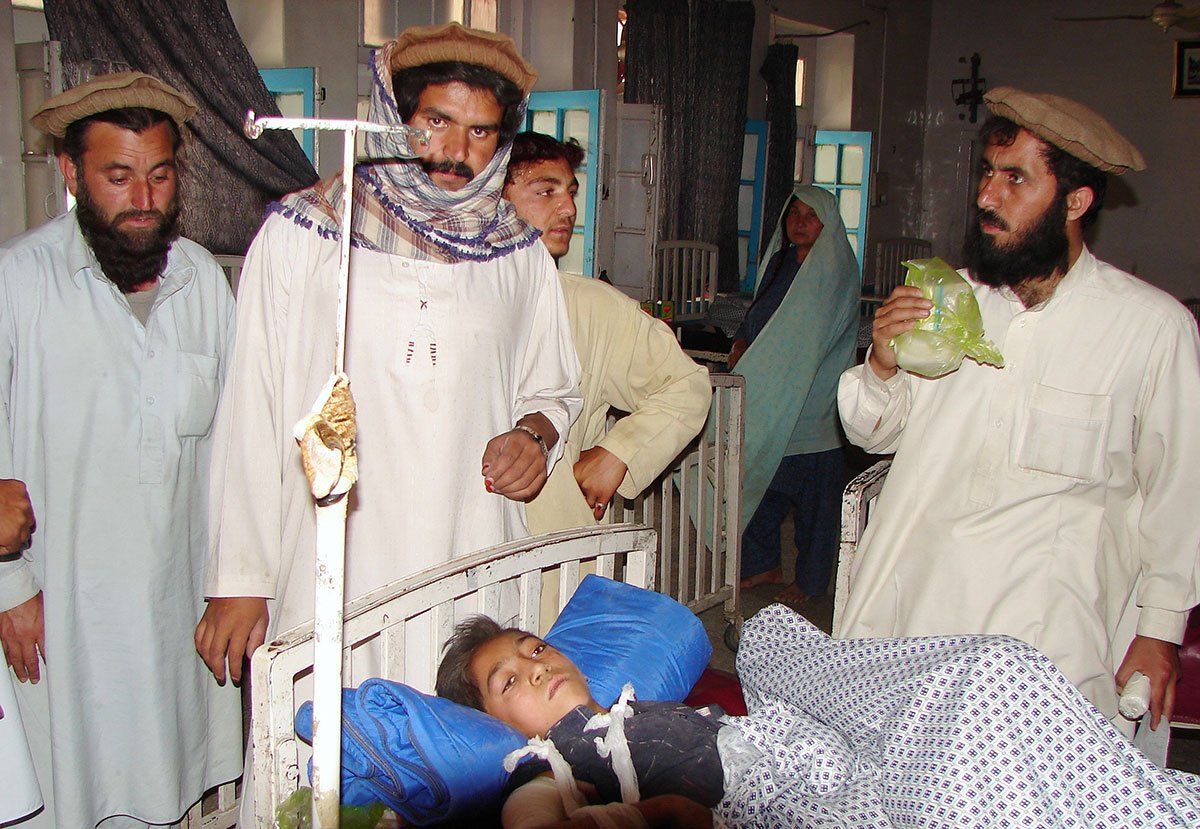
Νεαρό αγόρι τραυματισμένο στο Πακιστάν από επίθεση drone. Φωτ. Thir KHAN, AFP/Getty Images.

Η οκτάχρονη Noor Syed βρήκε το θάνατο από επίθεση drone στις 14 Φεβρουαρίου 2009.
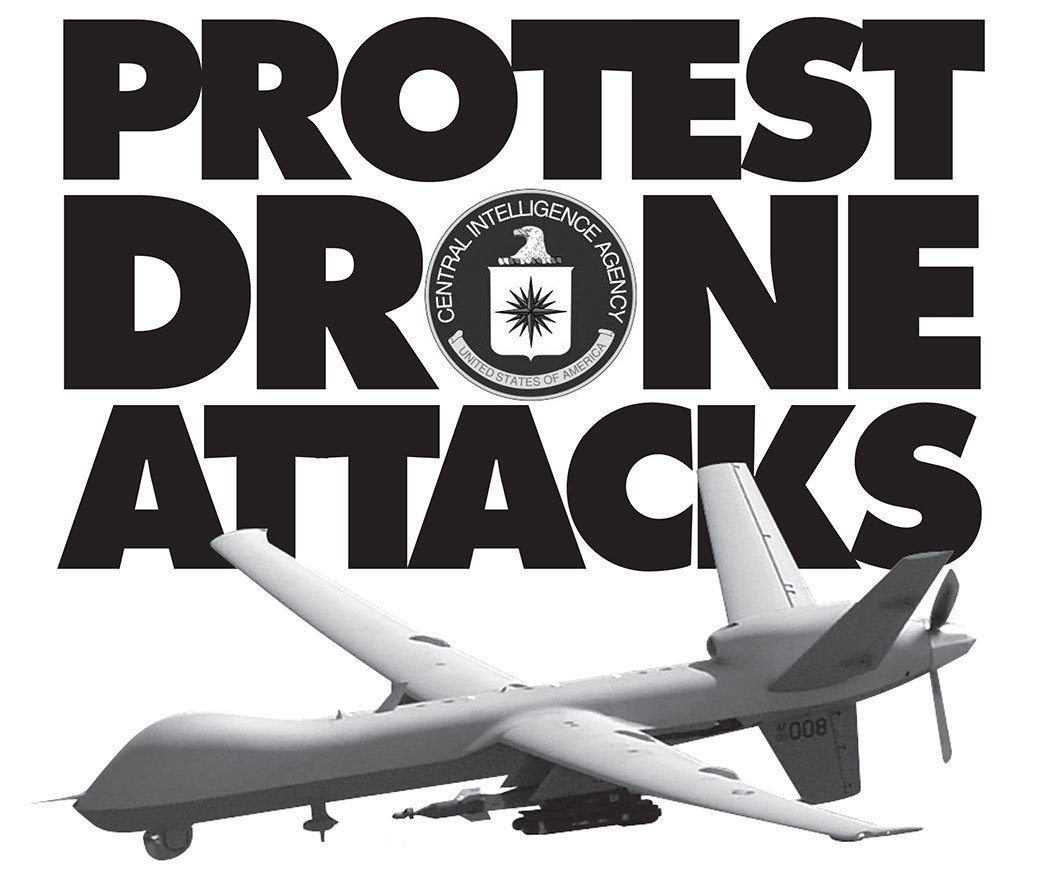
Βλ. droneswatch.org.

Βλ. jennapope.com.
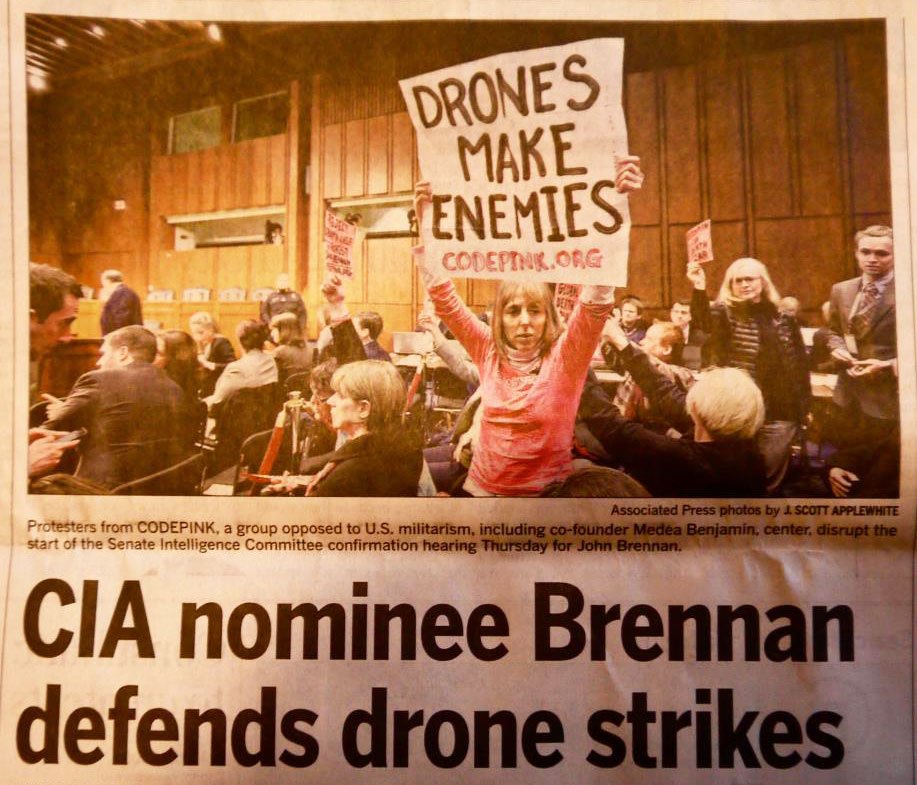
Βλ. space4peace.
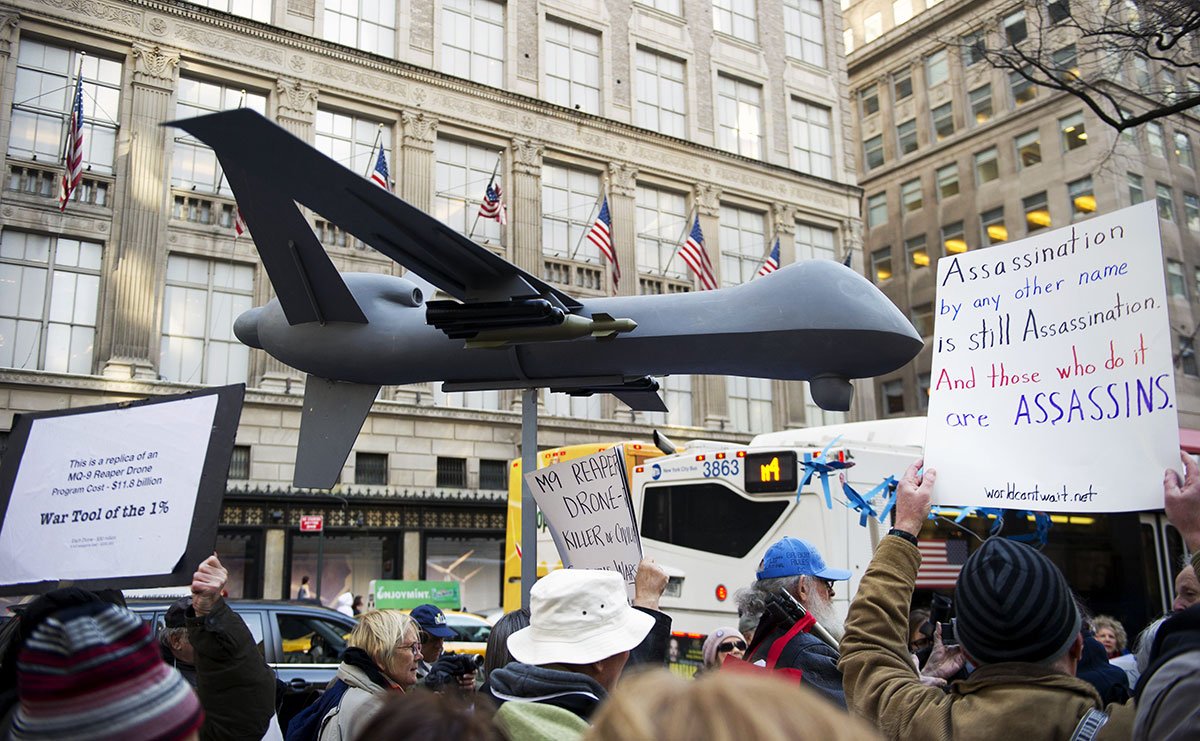
Διαδήλωση στη Νέα Υόρκη ενάντια στα drones. Βλ. PressTV.

Βλ. Direct Action Station.
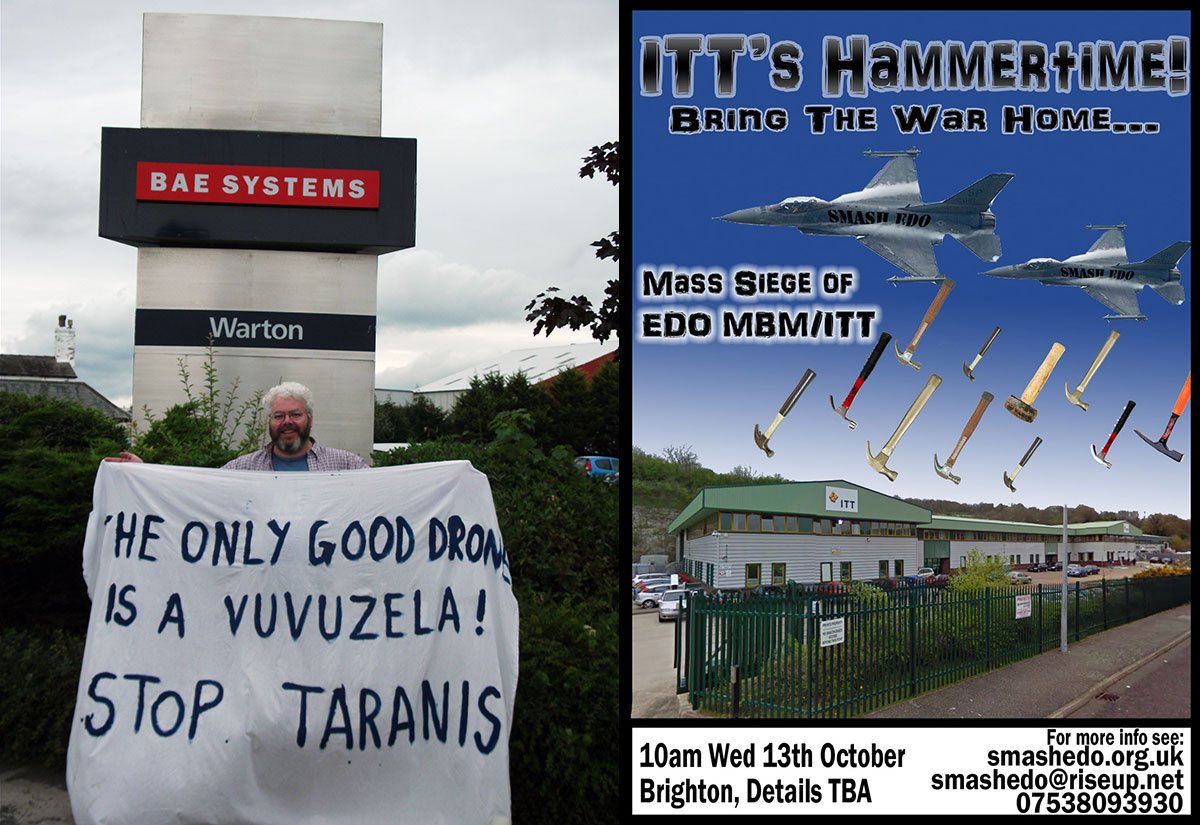
Αριστ., διαμαρτυρία μπροστά στην έδρα της βρετανικής εταιρείας BAE Systems Taranis που κατασκευάζει μία βρετανική εκδοχή μη επανδρωμένου μαχητικού σκάφους. Βλ. dronewarsuk.wordpress.com. Δεξ., βλ.The Vast Minority.

Βλ. Went 2 the Bridge.
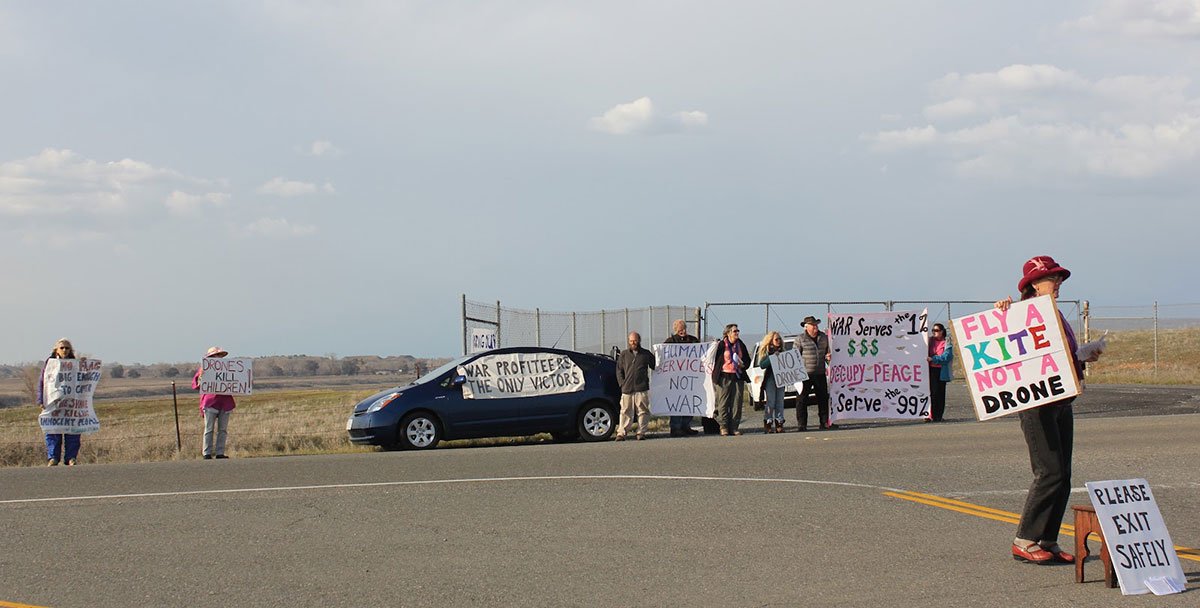
Διαμαρτυρία το Φλεβάρη του 2012 έξω από τη στρατιωτική αεροπορική βάση του Beale (Καλιφόρνια). Βλ. Protestveggievoyagers.
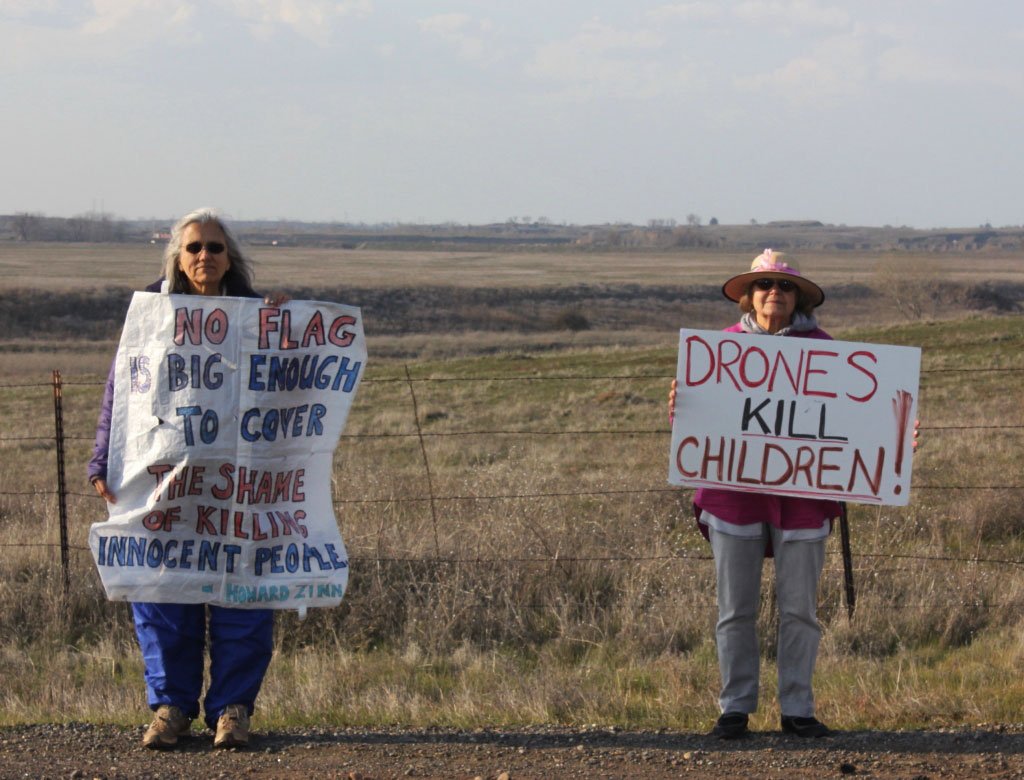
Βλ. Protestveggievoyagers.

Διαδήλωση στο Πακιστάν. Βλ. Inter Press Service.

Διαδήλωση οπαδών του Imran Khan (φαβορί για την Πρωθυπουργία του Πακιστάν στις εκλογές του 2013) και του κομματός του Pakistan Tehreek-e-Insaf (Κόμμα για τη Δικαιοσύνη) ενάντια στις επιθέσεις των drones. Βλ. gg2.net.

Ο Imran Khan απευθύνεται στους οπαδούς του. Βλ. ptisupporters.com.

Βλ. RYOT News.

Αντι-αμερικανική διαδήλωση στο Πακιστάν. Βλ. india.nydailynews.com.

Αριστ., διαμαρτυρία στην αμερικανική πόλη Syracuse. Βλ. Jerk Magazine. Δεξ., βλ. knowdrones.com.
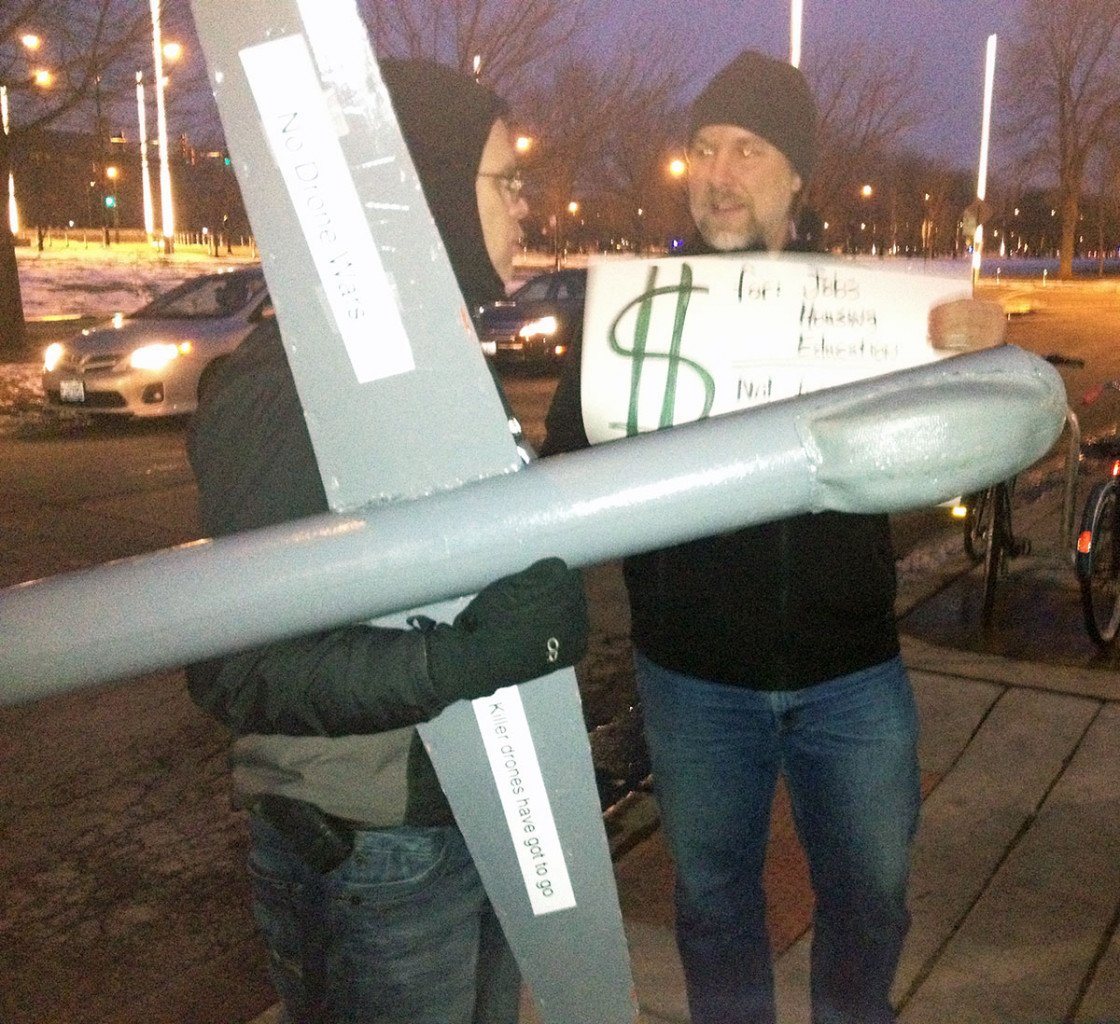
Διαδηλωτές έξω από το Πανεπιστήμιο του Σικάγου. Φωτ. Idyli Tsakiri Karatzaferi/ MEDILL. Βλ. news.medill.northwestern.edu.
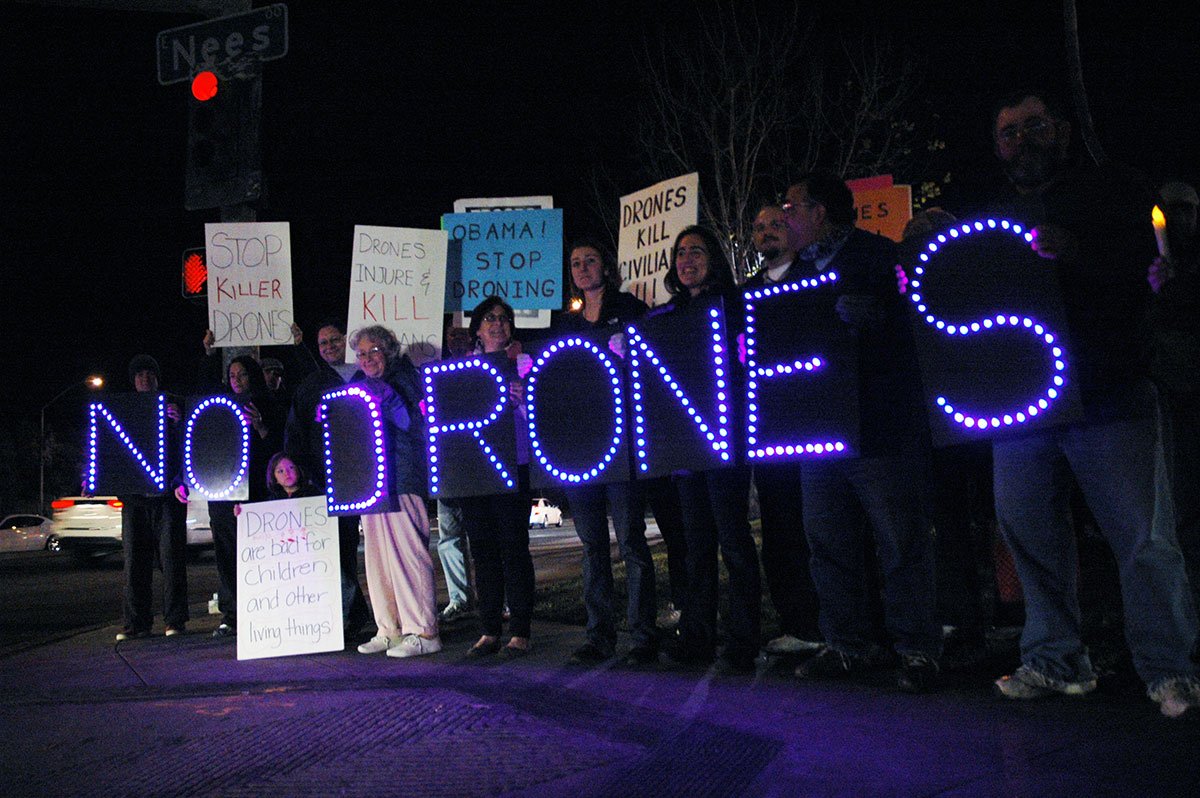
Fresno (Καλιφόρνια). Βλ. indybay.org.
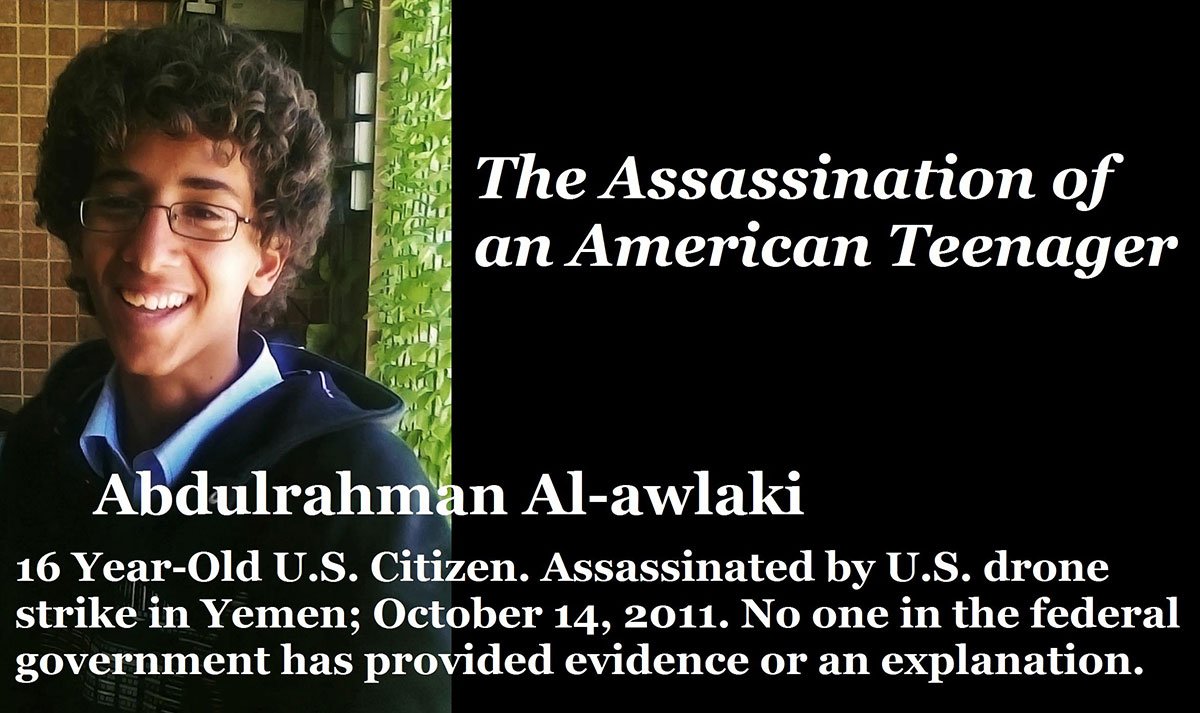
Βλ. thegatewaypundit.com.

Συμβολική διαμαρτυρία του Robert Rast έξω από το σπίτι του στο South Bend (Indiana) για το θάνατο του γιου του Benjamin Rast καθώς και του λοχία Jeremy Smith που δέχτηκαν "φίλια πυρά" μη επανδρωμένου σκάφους στο Αφγανιστάν τον Απρίλη του 2011.

Βλ. Bristol Indymedia.
The Rise of the Killer Drones: How America Goes to War in Secret
An inside look at how killing by remote control has changed the way we fight.
"One day in late November, an unmanned aerial vehicle lifted off from Shindand Air Base in western Afghanistan, heading 75 miles toward the border with Iran. The drone’s mission: to spy on Tehran’s nuclear program, as well as any insurgent activities the Iranians might be supporting in Afghanistan. With an estimated price tag of $6 million, the drone was the product of more than 15 years of research and development, starting with a shadowy project called DarkStar overseen by Lockheed Martin. The first test flight for DarkStar took place in 1996, but after a crash and other mishaps, Lockheed announced that the program had been canceled. According to military experts, that was just a convenient excuse for “going dark,” meaning that DarkStar’s further development would take place under a veil of secrecy.
The drone that was headed toward Iran, the RQ-170 Sentinel, looks like a miniature version of the famous stealth fighter, the F-117 Nighthawk: sleek and sand-colored and vaguely ominous, with a single domed eye in place of a cockpit. With a wingspan of 65 feet, it has the ability to fly undetected by radar. Rather than blurting out its location with a constant stream of radio signals – the electronic equivalent of a trail of jet exhaust – it communicates intermittently with its home base, making it virtually impossible to detect. Once it reached its destination, 140 miles into Iranian airspace, it could hover silently in a wide radius for hours, at an altitude of up to 50,000 feet, providing an uninterrupted flow of detailed reconnaissance photos – a feat that no human pilot would be capable of pulling off.
Not long after takeoff – a maneuver handled by human drone operators in Afghanistan – the RQ-170 switched into a semiautonomous mode, following a preprogrammed route under the guidance of drone pilots sitting at computer screens some 7,500 miles away, at Creech Air Force Base in Nevada. But before the mission could be completed, something went wrong. One of the drone’s three data streams failed, and began sending inaccurate information back to the base. Then the signal vanished, and Creech lost all contact with the drone.
Today, even after a 10-week investigation by U.S. officials, it’s unclear exactly what happened. Had the Iranians, as they would later claim, hacked the drone and taken it down? Did the Chinese help them? If so, had they pulled off a sophisticated attack – breaking open the drone’s encrypted brain and remotely piloting it to the ground – or a cruder assault that jammed the drone’s signal, causing it to crash? Or did the drone operators back at Creech simply make a mistake, sparking a glitch that triggered the aircraft to land? “After a technical fuck-up, people panic and start trying to fix it, doing things they shouldn’t have done,” says Ty Rogoway, a drone expert who runs an industry website called Aviation Intel. “It was fishy from Day One.”
What we do know is that the government lied about who was responsible for the drone. Shortly after the crash on November 29th, the U.S.-led military command in Kabul put out a press release saying it had lost an “unarmed reconnaissance aircraft that had been flying a mission over western Afghanistan.” But the drone wasn’t under the command of the military – it was operated by the CIA, as the spy agency itself was later forced to admit.
Ten days after the crash, the missing drone turned up in a large gymnasium in Tehran. The Iranian military displayed the captured aircraft as a trophy; an American flag hung beneath the drone, its stars replaced with skulls. The drone looked nearly unscathed, as if it had landed on a runway. The Iranians declared that such surveillance flights represented an “act of war,” and threatened to retaliate by attacking U.S. military bases. President Obama demanded that Iran return the drone, but the damage was done. “It was like when someone from Apple left a prototype of the next iPhone at a bar,” says Peter Singer, a defense specialist at the Brookings Institute and the author of Wired for War: The Robotics Revolution and Conflict in the 21st Century. “It was a propaganda win for Iran.”
The incident also underscored the increasingly central role that drones now play in American foreign policy. During the invasion of Iraq in 2003, the military conducted only a handful of drone missions. Today, the Pentagon deploys a fleet of 19,000 drones, relying on them for classified missions that once belonged exclusively to Special Forces units or covert operatives on the ground. American drones have been sent to spy on or kill targets in Iran, Iraq, Afghanistan, Pakistan, Yemen, Syria, Somalia and Libya. Drones routinely patrol the Mexican border, and they provided aerial surveillance over Osama bin Laden’s compound in Abbottabad, Pakistan. In his first three years, Obama has unleashed 268 covert drone strikes, five times the total George W. Bush ordered during his eight years in office. All told, drones have been used to kill more than 3,000 people designated as terrorists, including at least four U.S. citizens. In the process, according to human rights groups, they have also claimed the lives of more than 800 civilians. Obama’s drone program, in fact, amounts to the largest unmanned aerial offensive ever conducted in military history; never have so few killed so many by remote control.
The use of drones is rapidly transforming the way we go to war. On the battlefield, a squad leader can receive real-time data from a drone that enables him to view the landscape for miles in every direction, dramatically expanding the capabilities of what would normally have been a small and isolated unit. “It’s democratized information on the battlefield,” says Daniel Goure, a national security expert who served in the Defense Department during both Bush administrations. “It’s like a reconnaissance version of Twitter.” Drones have also radically altered the CIA, turning a civilian intelligence-gathering agency into a full-fledged paramilitary operation – one that routinely racks up nearly as many scalps as any branch of the military.
But the implications of drones go far beyond a single combat unit or civilian agency. On a broader scale, the remote-control nature of unmanned missions enables politicians to wage war while claiming we’re not at war – as the United States is currently doing in Pakistan. What’s more, the Pentagon and the CIA can now launch military strikes or order assassinations without putting a single boot on the ground – and without worrying about a public backlash over U.S. soldiers coming home in body bags. The immediacy and secrecy of drones make it easier than ever for leaders to unleash America’s military might – and harder than ever to evaluate the consequences of such clandestine attacks (...)"
Ολόκληρο το άρθρο του Michael Hastings στο σάιτ Global Research.org. (18-04-2012).




























σχόλια